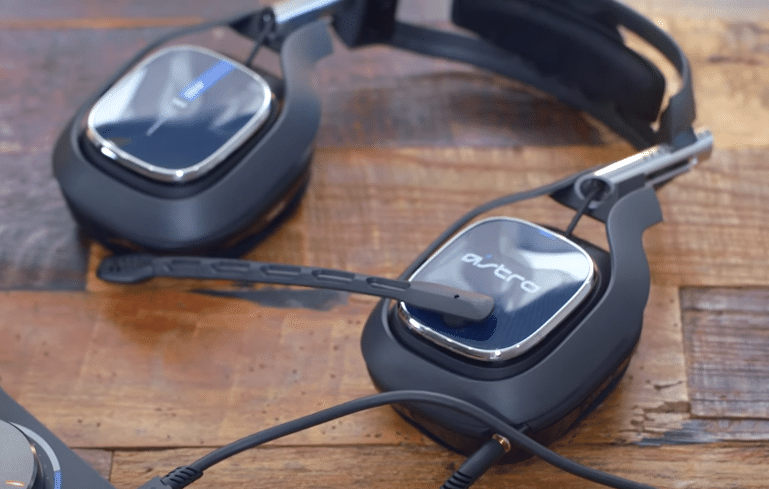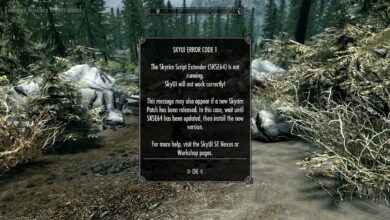
It’s not all about pots of coins and jewel-encrusted gems, but the items people have lost over the past 2,000 years, the fascinating everyday artefacts – buckles, brooches, rings, weights and buttons.

When you are out walking in the fields, swinging your detector, you are at peace with the world you forget any troubles and start to enjoy the freedom of our lovely countryside. But that suggestion changed my life, brought sanity back and family harmony, too.

I had bought a detector a long time before, but hadn’t given it a fair chance, and it had been slung into a cupboard to gather dust. One day my wife said: “You need a hobby, why not take up metal detecting again?” Working the hours necessary just to stay on top of the job, I used to arrive home late and metaphorically kick the dog and shout at my wife and daughter. I first took up metal detecting when I had a very stressful job running butchery shops for a large supermarket chain. I have been searching for buried treasure for more than 30 years now. The pot had been buried just before AD293, and the coins were base silver radiates, except for five silver denarii of the emperor Carausius (AD286-293). This story went around the world and I had my 15 minutes of fame, which actually lasted more than a year. I live in deepest Wiltshire, and can assure this talented artist that there are plenty of places around here where he would be welcome to practice his chosen art form.įour years ago, I was lucky enough to uncover the world’s largest find of Roman coins in a single container, the Frome hoard – a pot, filled to the brim, weighing 160kg. I can’t tell a Picasso from a potato, but it’s certainly given my hobby a boost.

People started to descend with metal detectors, spades, forked sticks and anything else they thought might help, and on Thursday night a family found the very first bar. Y esterday, a treasure hunt began on a Folkestone beach where a German artist, Michael Sailstorfer, has buried £10,000 of bullion – 30 bars of 24-carat gold – as part of an arts festival.


 0 kommentar(er)
0 kommentar(er)
